The North American Soccer League was the top-level professional soccer league in the United States and Canada from 1968 to 1984. It was the first soccer league to be successful on a national scale in the US. Its popularity peaked in the late 1970’s.
The league averaged over 13,000 fans per game from 1977 to 1983, and league matches were broadcast on network television from 1975 to 1980. The league's highest profile team was the New York Cosmos. The Cosmos signed a number of the world's best players including Pelé, Franz Beckenbauer, Giorgio Chinaglia and Carlos Alberto. The Cosmos averaged over 28,000 fans for each season from 1977 to 1982 while they averaged more than 40,000 in three of those years.
The NASL came about as a result of the surprisingly large North American TV audience of over 1 million for the 1966 FIFA World Cup. This led American sports investors to believe there was an untapped market for the sport in the U.S. and Canada.
The NASL began play in 1968. In the early 1970s, the league was more of a semi-pro league, with many of the players holding other jobs.
On September 3, 1973, Sports Illustrated featured a soccer player on its cover for the first time; Philadelphia Atoms goalkeeper Bob Rigby.
The 1975 season saw the signing of internationally known players, including Portuguese star Eusébio and Pelé.
Pelé's signing for the New York Cosmos created a media sensation and transformed the fortunes of soccer in the United States. From the moment he signed his contract Pelé's every move was followed, bringing attention and credibility to soccer in America. The New York Cosmos' home attendance tripled in just half the season Pelé was there, and on the road the Cosmos also played in front of huge crowds that came to watch Pelé play.
Pelé's arrival resulted in greater TV exposure for the Cosmos and for the league. Ten million people tuned in to watch CBS' live broadcast of Pelé's debut match with the Cosmos on June 15, 1975 against the Dallas Tornado at Downing Stadium in New York. It was a record TV audience for soccer in the US. By 1976, NASL was being picked up by the mainstream media, with the sports pages of newspapers covering the league.
The biggest club in the league was the Cosmos, who drew more than 40,000 fans per game at their height.
Giants Stadium sold out (over 73,000) for the Cosmos’ 1978 championship win.
At the end of the 1970s, the league seemed poised for moderate success. The 1979 season had seen attendance increase by 8%. An apparent era of stability seemed to have arrived. However, at the close of the 1980 season, NASL's woes were beginning to mount. The league was feeling the effects of over-expansion, the economic recession, and disputes with the players union. In the early 1980s the U.S. economy went south with unemployment reaching 10.8% in 1982 It was the highest level since World War II. The league’s owners, who were losing money.
One of the biggest worries for the NASL was that owners were spending sums on player salaries that could not be covered by league revenue. In 1980 NFL owners were spending on average 40% of the team's budget on player salaries. NASL owners were averaging over 70% of their budget on player salaries. The Cosmos in particular, owned by Warner Communications, were spending a ton on player salaries. Teams such as Los Angeles, Jacksonville, Portland, Toronto, and Montreal (also owned by major corporations) could keep up with the Cosmos. Owners without financial backing could not keep pace. Owners spent millions on aging stars to try to keep up with the rest of the league and lost a lot of money in doing so.
The league’s 24 teams rang up a deficit of $30 million in 1981 and five teams folded at the end of the season.
The league lasted until 1984 with only nine teams taking the field. On March 28, 1985, the NASL suspended operations.
Although the NASL ultimately failed, it did introduce soccer to the North American sports scene on a large scale for the first time. It was a major reason soccer became one of the most popular sports among American kids. It also led to FIFA awarding the 1994 World Cup to the United States.
Lastly, the NASL provided lessons for Major League Soccer, which has adapted a philosophy of financial restraint as the league continues to grow.





